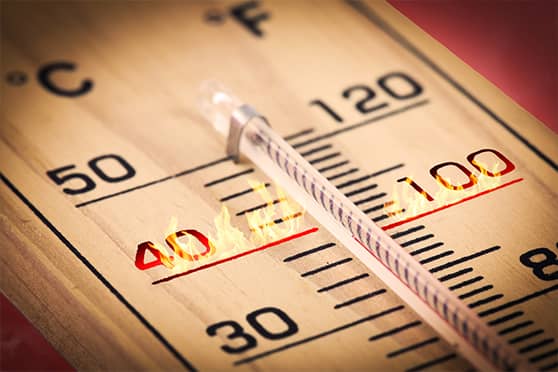It is by and large hot in India, has been so long before all talk of climate change. No fault of the citizenry, nothing to do with civilisational traits, just plain and simple climatological peculiarity. And yet, in the olden accounts of travellers, colonisers, outsiders, descriptions of India’s climate came infused with racial prejudice. The people, portrayed as a swarm of simpletons, given to “strange” and “obsequious” ways, worshipping their “misshapen idols”, and the climate, a “killer”. Should you compare, you will see how in colonial narratives, the adjectives for cold climate differ from adjectives for hot climes.
Idiosyncrasies
And who did this climate impact? First and foremost, the people of the land, but that was an unnecessary detail; it was their lot. In Stones of Empire: The Buildings of the Raj, Jan Morris writes that Orientalist William Jones was "condemned to spend the best years of his life in the heat of Bengal”. She also writes how Englishmen went to “idiosyncratic lengths” to live through it. Sir Thomas Metcalfe had purchased and moved into a Muslim tomb next to Qutb Minar. “Nobody appeared to resent these irreligious measures,” writes Morris. Another example of idiosyncratic length was the punkah wallahs.
Hate-wave
In the absence of air conditioners and electric fans, punkah wallahs were employed in large numbers in army barracks and private homes in the 19th and even early 20th century. The job came with its risks. In Notes on Striking Natives (1903), Capt. Stanley de Vere Julius writes, “In the middle of the hot night, the fan stops, and a man in the barrack-room, roused to desperation by heat and sleeplessness rushes forth… and kicks the fan-puller in the wrong spot, his spleen. Do you blame him? Yes and no. It depends partly on whether he stopped to put his boots on.” In his studies on colonial women’s health, 19th century British gynaecologist Edward Tilt observed that the Indian climate, the heat especially, attacked the reproductive health of European women. But at the 1921 League of Nations Convention on Trafficking, when anti-trafficking activists wanted to standardise a high age of consent for prostitution across countries, India representative Stephen Meredyth Edwardes used the climate argument to exempt India. In Climate, Race Science and the Age of Consent in the League of Nations, Ashwini Tambe writes that one of Edwardes’ arguments was that “climatic conditions of India result in maturity being reached at an earlier age than in Europe”. Tambe raises the point about "use of climate as a shorthand for discussing racial distinctions". Must be a thing of the past, no?











